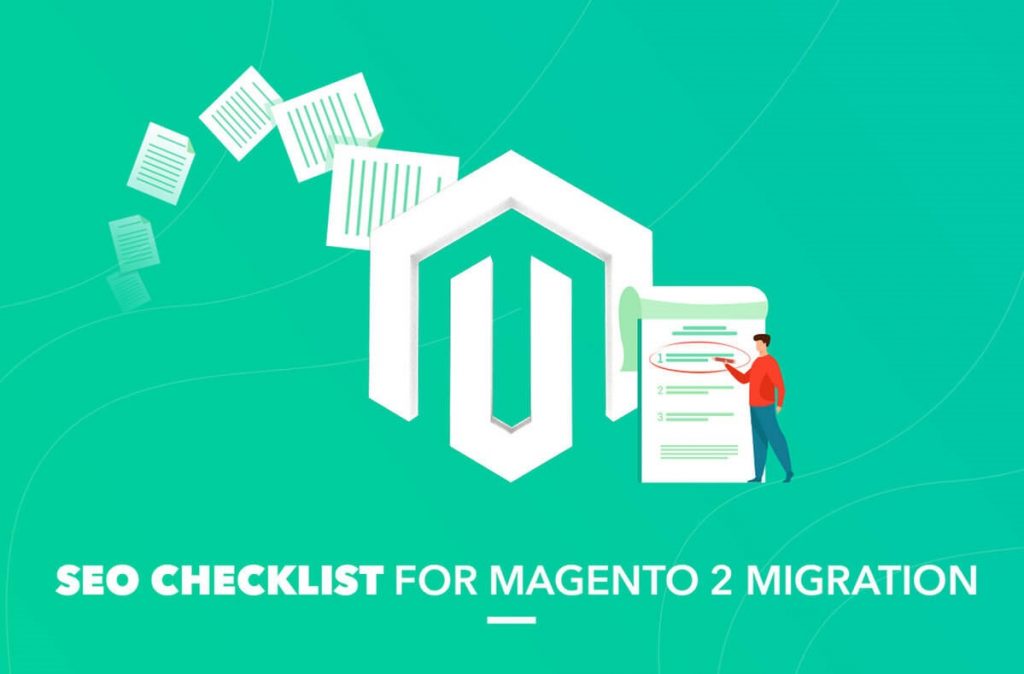
As soon as the life of Magento 1 is not going to be supported after 2018, all businesses running on Magento needed to migrate to Magento 2. While the migration process is not that simple as we would like it to be, a clear process flow is helpful to make sure that all-important steps are done and the migrated business is going to thrive. Of course, the SoftLoft company is here to help you at any step of the way but a brief roadmap is also discussed in this article to help you migrate smoother use best practices of SEO for Magento website migration.
Migration Scope
The first step is to analyze what you currently have. In terms of the SEO Magento migration scope, make sure to check if there are any areas of improvement. If there are any, prepare a category tree for migrating all elements as necessary. The most frequent areas of improvement are extensions and third-party integrations. They should be checked for consistency and compatibility before migrating them to Magento 2. More details about proper migration from Magento 1 to Magento 2 are described.
Magento SEO Checklist: Post-Migration
Find our list of actions to ensure proper SEO measures are implemented after the migration process is completed.
Current State of Your Website
It goes without saying, there is a need to check the performance of the current website using SEO tools. Such Google tools as Google Analytics and Google Search Console, as well as a Crawling tool, are going to help you to see how successful your business is in terms of google searches. Using these tools, you are going to see tags, revenue, conversion rate, and other information about the website and how well it performs in terms of search engine optimization (SEO). It is important to carefully and objectively estimate the state of your website so that its performance improves when the migration is over.

Data Catalogue
Before migration, make sure to review your data catalog so that meta descriptions, meta titles, and page descriptions are well prepared and well fitted. Also, check the process of image migrations with products and ensure that the pics are migrated properly. Often, pictures are lost in the process of migration. In addition, double-check the data of the products in the system, they might be broken or incomplete.
Indexing Structure
Checking the indexing structure is especially important when you have a database with diverse filters. Probably, you will want to avoid indexing many of your pages. Sometimes, you might want to block crawlers and do not allow them on the page, in this case, you need to use the “noindex, nofollow” directive. The thing is, when you have too many pages, you need to choose which ones are worth spending crawling budgets on them and which are not.
Tags
First of all, make sure you use canonical tags, otherwise, your pages might not be recognized by Google properly. Thus, the tags used for the website need to have rel canonicals and the images need to have ALT tags. If you have the multistore try your best to implement hreflang tags to make sure that the right version of your store is showing to the right customers. In a complex, these measures are going to bring your store good search engine rankings. Just do not forget that all these measures should be in line with your SEM strategy.
XML Sitemap
It is also very beneficial to review your XML sitemap to ensure that all pages are properly prepared and customized. Customization often requires attention from developers. However, when done properly, the sitemap simplifies access to the store.
Structured Data Markup implementation
There is good news and bad news here. The good news is Magento 2 comes with the product structure out of the box. The bad news is that you need to prepare microdata and be ready for additional customization. With proper metadata and rich snippets, your pages are going to be liked by Google more.
301 redirects
301 redirects are important to avoid losing the non-working links and helo to make sure the customers are redirected properly. 301 redirects might be migrated through Magento admin or .htaccess file but it is important that there are not too many redirects. Though many redirects might need to be re-written, so just be attentive when migrating and checking redirects on your website.
Test
Do not forget to test extensively! Just remember that without rigorous testing, it is easy to miss the issue that might be sending away your customers. In addition, Quality analysis is important to assess and improve the performance and speed of the website of the store.
After-launch
After launching a migrated Magento store, there is a need to make sure you upload your robots.txt file and upload your new website console to Google Search Console. After these are done, check the work of the tracking. If your tracking is not working, you might miss the data on your performance. Finally, check the indexed pages, keywords, traffic, and reports. If all the steps are done, you are much more likely to succeed in your migration.
Need Help?
Anyway, if you need a helping hand at any of these steps, just contact us, we will help you to migrate your store smoothly and flawlessly, implementing the best practices of SEO for Magento websites.



